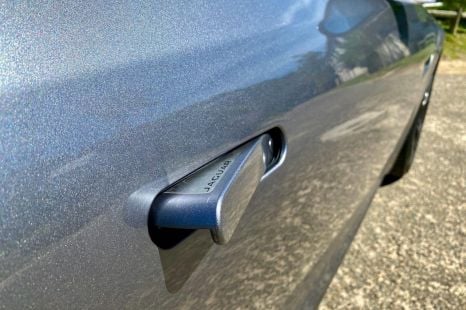

Derek Fung
Flush door handles: Volkswagen CEO hates them, China may ban them
15 Minutes Ago
Hachi-Roku, and Boxer, Rear Wheel Drive, Zenith. What do these words have in common? They’re different ways to describe essentially the same car

Contributor
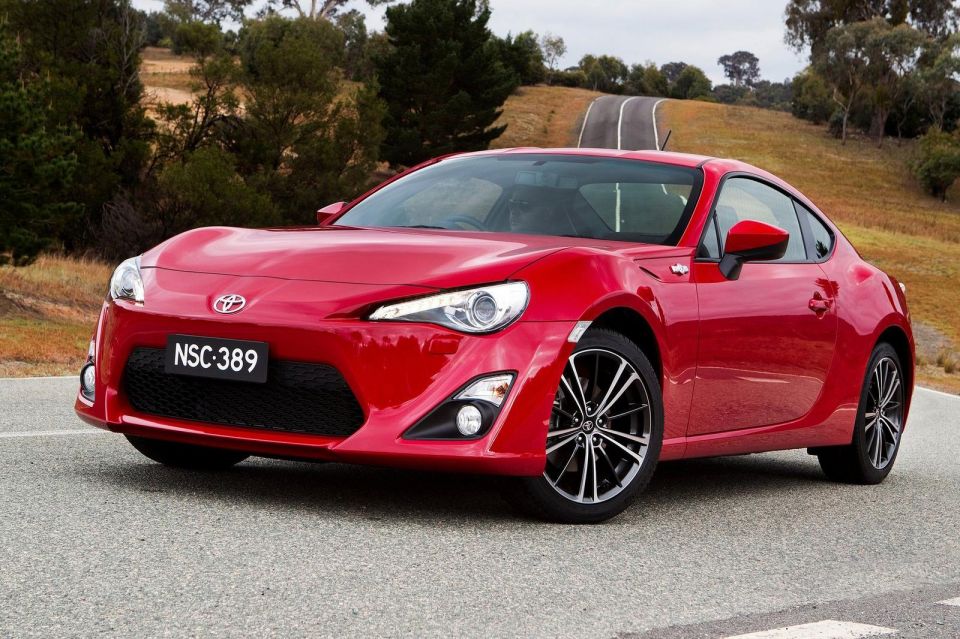

Contributor
The Toyota 86 and Subaru BRZ are two of the most successful affordable sports cars in recent memory, and a rare example of two companies collaborating on a badge-engineered model.

Launched in 2012, the 86/BRZ duo was an early fruit of Toyota and Subaru’s partnership. It can take several years for a concept to reach production, and the 86 was no different.
An initial concept for a front-engine, rear-wheel drive sports car was revealed in 2007 at the Detroit motor show under the FT-HS banner.
Featuring a V6 hybrid engine, the concept was created as a belated response to an internal Toyota mandate to reignite interest in its cars.
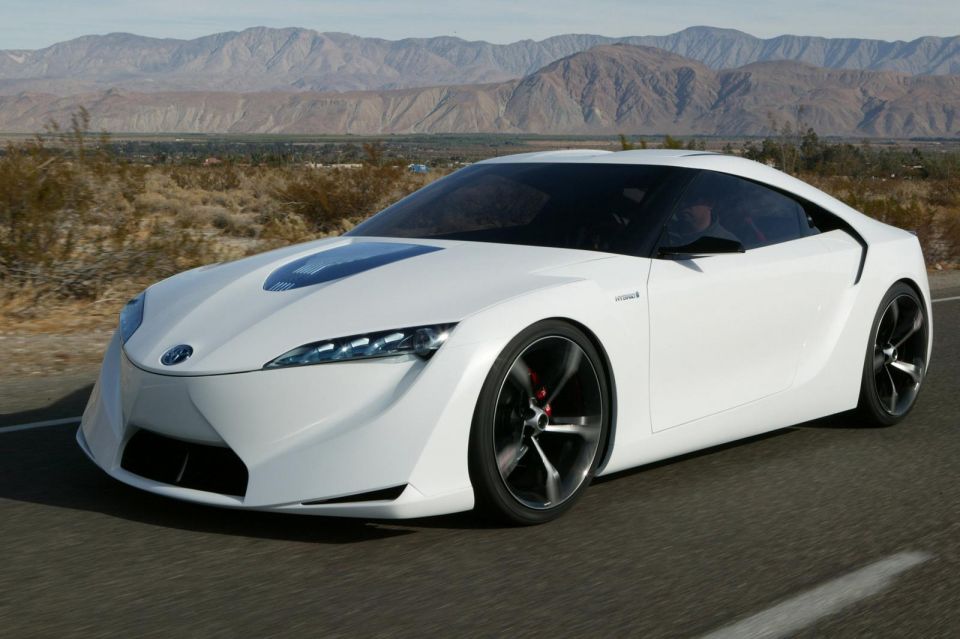
Subaru had previously partnered with Nissan and GM, leading to Frankenstein cars such as the Saab 9-2X (an Impreza in Saab clothes), but the latter divested its holdings in Subaru in 2005.
Toyota subsequently bought 8.7 per cent of Fuji Heavy Industries and increased this stake to 16.5 per cent in 2008, paving the way for closer collaboration and technology exchange between the pair.
To focus on fun and affordability, Toyota changed its thinking and planned to develop a car with engaging handling, with a low centre of gravity, and light weight.
The idea of a hybrid was dropped, and Toyota instead looked to Subaru’s boxer engine, with its horizontally opposed pistons and flat packaging, as a way to hit its internal targets
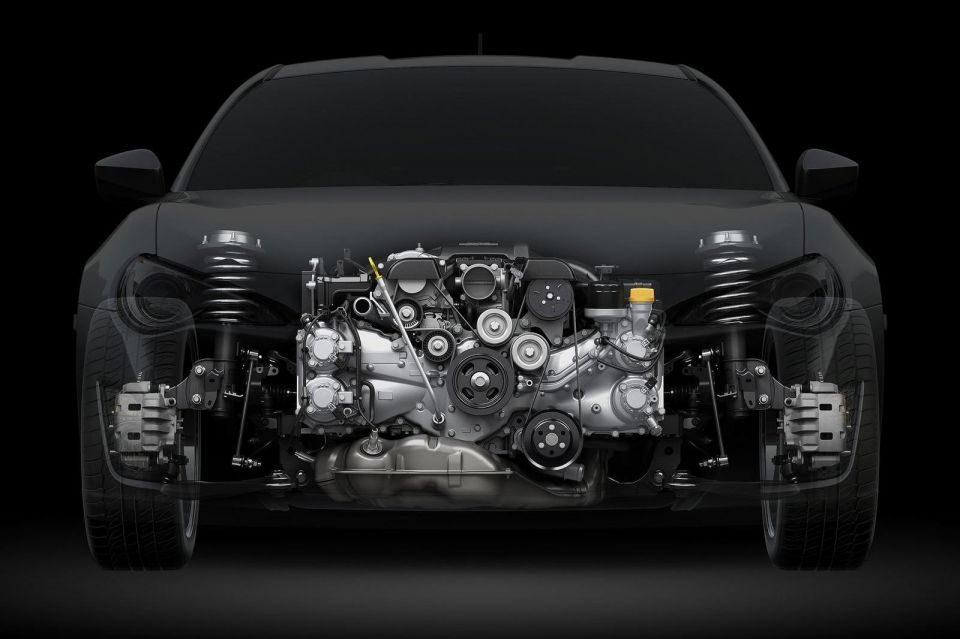
With heroes such as the WRX STI and a line-up featuring all-wheel drive standard, Subaru built its reputation on turbo, rally-bred performance vehicles equally at home on the track as they were in gravel or the snow.
A less-powerful, rear-wheel drive sports car would be a stark departure from that heritage, and the company rejected the idea, delaying the project for six months before being convinced when Toyota sent a prototype drivetrain based on a Subaru Liberty.
Both companies were back on board, and after some further political manoeuvring it was decided Toyota would lend its advanced D4-S direct and port fuel injection system to be used on Subaru’s 2.0L flat-four engine, with the D4-S system helping meet power and emissions targets.
The result was the updated FT-86 concept of 2009 which, in greatly exaggerated form, was the first to hint at the final design of the production model.
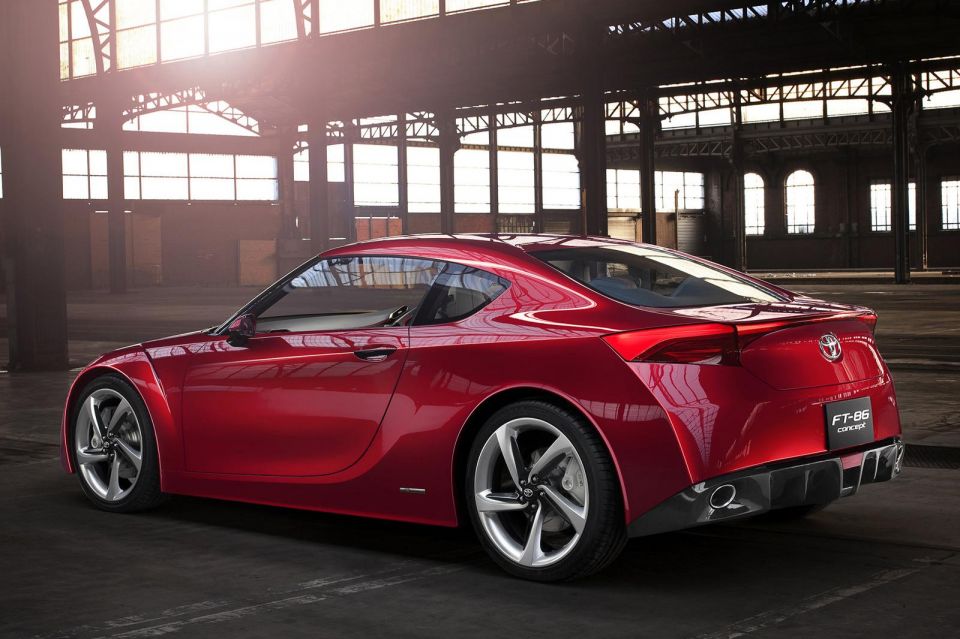
More realistic concepts such as a follow-up FT-86 II and BRZ Concept STI from the Subaru side followed, before the final production model was revealed in 2012.

From Toyota’s perspective, the 86 was a spiritual successor the AE86 sold during the ’80s, a car noted for its light weight, fun handling, and ability to be easily drifted.
For Subaru, the BRZ marked an opportunity to gain credibility as a manufacturer that could harness its famed Boxer technology to build a pure, driver focused sports car, rather than being a manufacturer of mostly stodgy but safe saloons.
The final divvying up of responsibilities meant that for the production car, Toyota would be responsible for its design and supplying the D4-S advanced fuel injection system, while Subaru would engineer the rest of the car and build both models at its factory in Gunma, Japan.
The final car, true to the 86 designation, would feature a 2.0L Boxer engine with a square bore and stroke of 86 x 86 mm mated to a six-speed manual or six-speed automatic transmission, producing 147kW of power and 205Nm of torque.
In Australia, an entry-level manual 86 was available for just $29,990 in June 2012, similar in price to a decently-specified Corolla. The better-equipped BRZ, the initial batch of which were sold exclusively online, could be bought from $37,150.
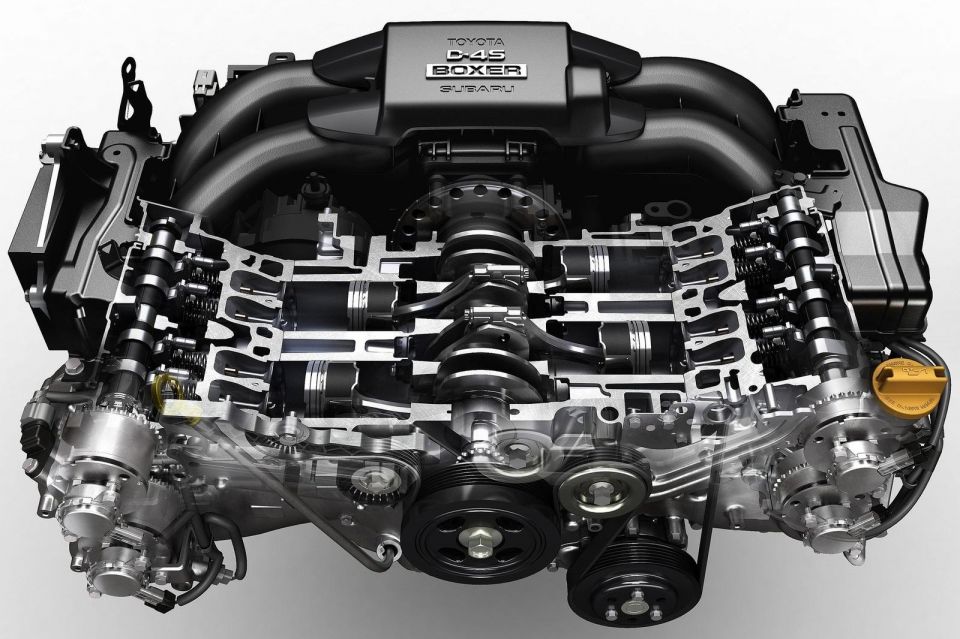
Initial reviews both in Australia and abroad were overwhelmingly positive and noted that whilst the cars near identical dynamically, as well as inside and out, subtle differences in suspension tuning meant the BRZ had slightly sharper handling, while the 86 was imbued with a more playful, drift happy nature.
A facelift in 2017 brought an upgraded interior and minor power improvements for manual versions of both cars.
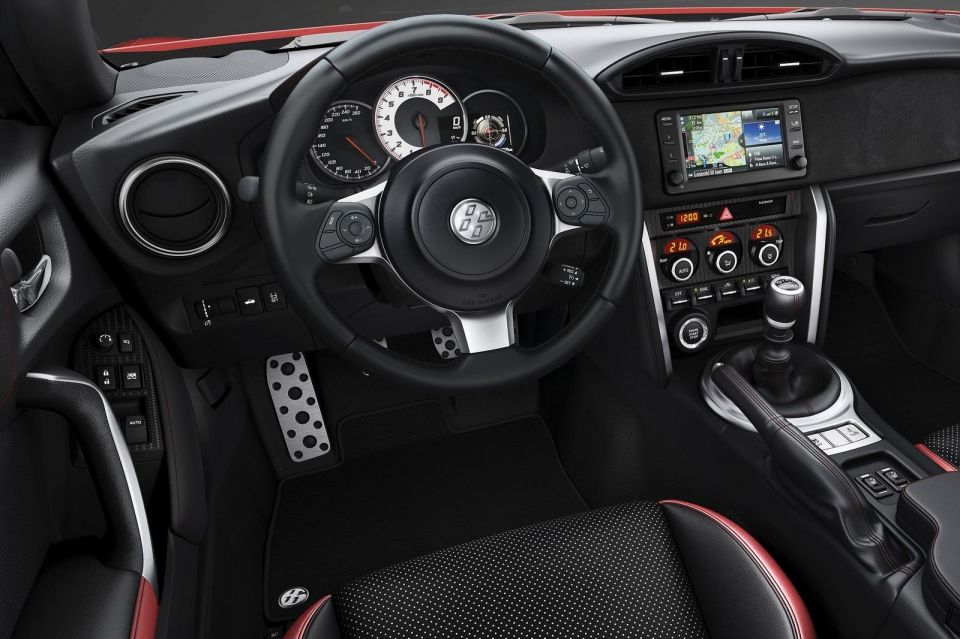
Unveiled in late 2020 (Subaru BRZ) and early 2021 (Toyota GR86), the second generation of both cars remain true to form, maintaining a focus on fun, engaging handling.
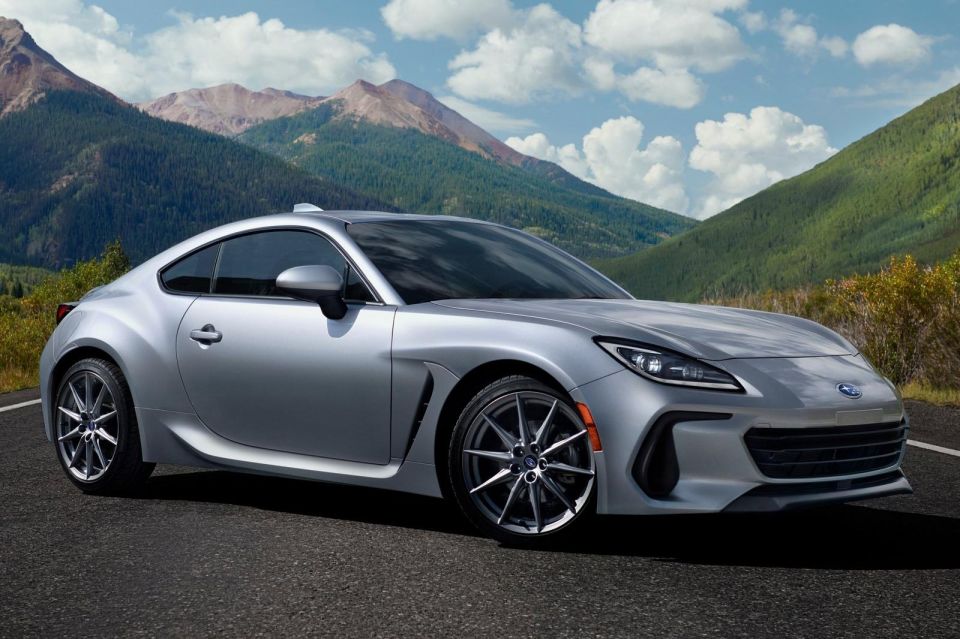
Both Subaru and Toyota carry the same responsibilities as with the first generation, with the car using an upgraded 2.4L engine (that eliminates the mid-range ‘torque-dip’ that plagued their predecessors), completely new styling, and a stiffer chassis.
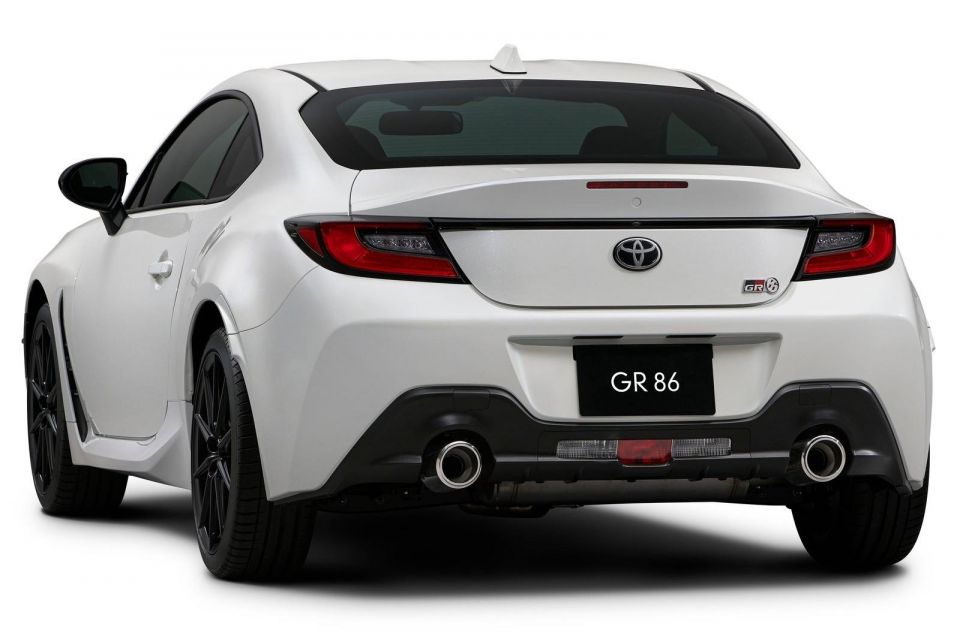


Derek Fung
15 Minutes Ago
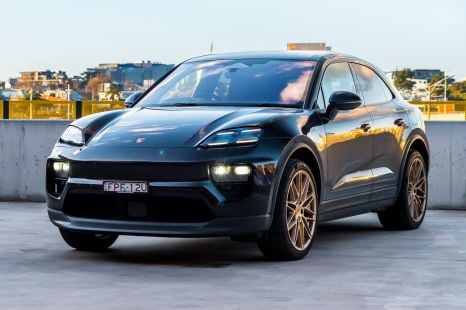

James Wong
7 Hours Ago
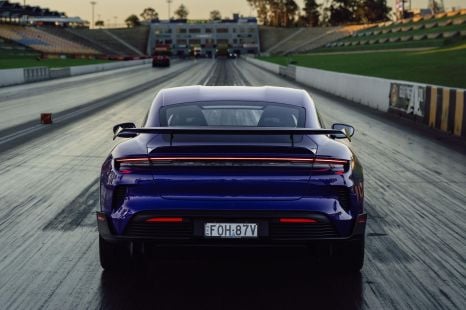

Toby Hagon
14 Hours Ago
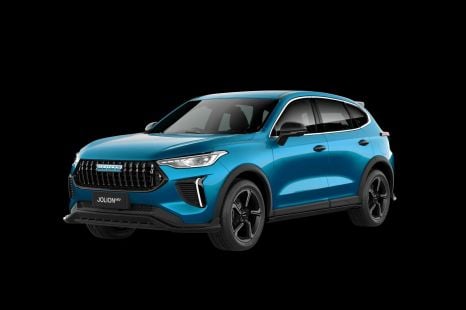

William Stopford
15 Hours Ago
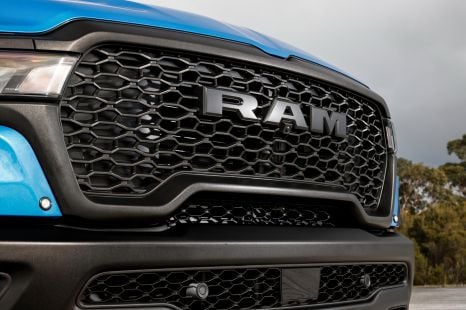

William Stopford
15 Hours Ago
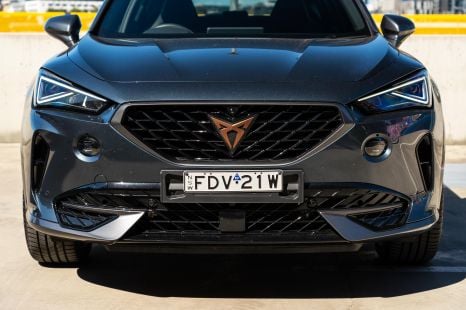

James Wong
17 Hours Ago